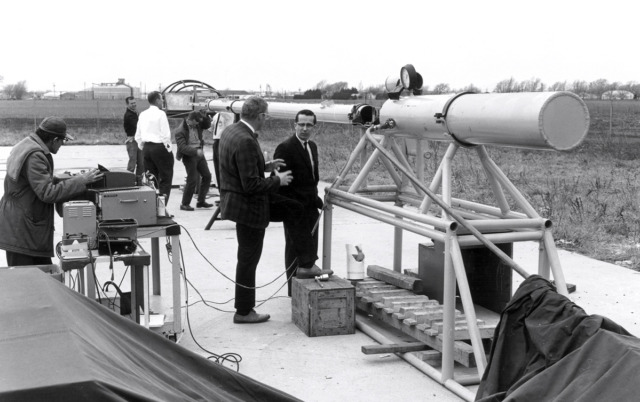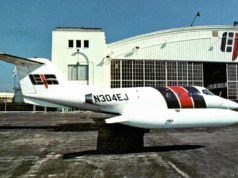
Time does fly when you’re having fun. April marked Business Aviation Advisor’s fifth anniversary. This issue is our 32nd, and it’s been a fun and rewarding half-decade. The “fun?” There’s something about airplanes – that’s right, “airplanes,” not “aircraft” – that goes back to childhood’s first upward glance.
The reward? Knowing that readers like you value the information and insight we’ve delivered in print and online. BAA has evolved in these five years: special reports, a webinar, and now “Above & Beyond” podcasts punctuate and supplement the written words in our regular issues. Our content, written and spoken, is designed to help you make the safest and best use of your investments in business aviation, whether through whole aircraft or fractional share ownership, or charter and jet cards.
The aviation industry continues to evolve as well. Innovations like the electric aircraft, likely to enter the market first as Vertical Take-off and Landing (VTOL) craft, are on the near horizon. And while today’s large cabin aircraft like the Gulfstream 650ER and Bombardier Global Express 7500, offer a nonstop range of more than 7000 miles, supersonic business jets soon will cut the time for such intercontinental travel in half.
That evolution is nothing new. With fewer than 300 delivered annually, manufacturers of the first business jets certificated in the early 1960s didn’t worry about fuel cost – not with Jet-A plentiful at less than thirty cents a gallon. It’s a different story today, with both fuel cost and carbon emissions top of mind concerns for owners and operators. That drives yet another innovation: Sustainable Aviation Jet Fuel (SAJF), blending petroleum-based jet fuel with renewable feedstock to create cleaner burning bio fuel.
Aircraft, their power plants, and power sources will continue to evolve, with one overarching constant – a complete commitment to operational safety. New business turbine aircraft models undergo rigorous testing from nose to tail, in all flight regimes from takeoff to landing, before going into production. Business jets require more complex testing, due in large measure to their high speeds and cruising altitudes above the troposphere, often requiring unusual, if not unique, testing equipment.
Like a “chicken gun” to test the bird-strike resistance of the cockpit windshield. This compressed-air cannon fires an anesthetized chicken at the windshield to simulate a high-speed bird strike, something of particular concern during takeoff and landing.
Ensuring that your aircraft windshield is “pullet-proof” is all part of the aviation industry’s safety canon, just as ours at Business Aviation Advisor is helping you make the best use of your investments in business aviation.
Thanks for your support these past five years, here’s to the next five, and thanks for reading! BAA
Publisher of Business Aviation Advisor, has nearly 50 years in business aviation including executive positions at aircraft management/charter and ground services companies. He is a past director of the NATA and Corporate Angel Network.





